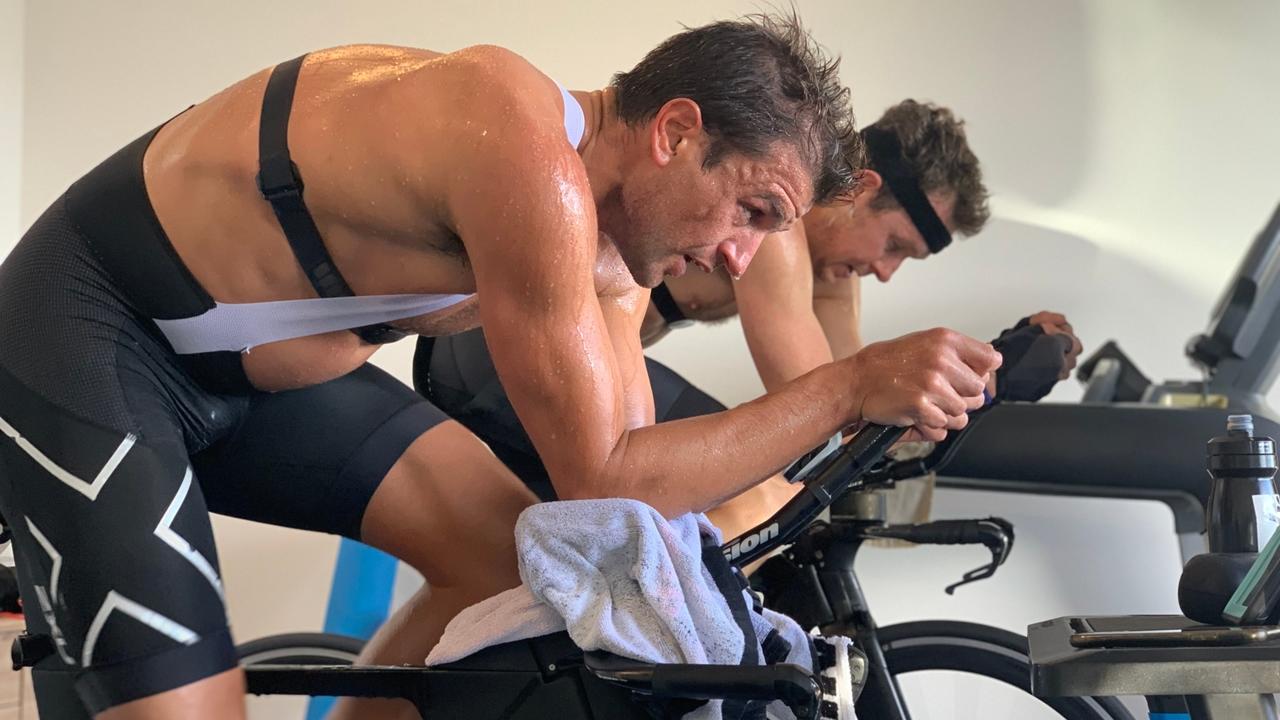Optimizing Recovery for Endurance Athletes

Effective endurance training is all about stress management, and the balance between stress and recovery. Individual training sessions generate physiological stress – elevations in temperature, heart rate, and stress hormones, changes in pH, depletion of fuel stores, and so on. The stress of individual training sessions is what triggers the adaptive response we look for with training, and this occurs during recovery (1). However, too much physiological stress with inadequate recovery will eventually lead to fatigue, overreaching, and maladaptation, as anyone who has dug themselves a hole with a hard training block can testify.
Therefore, when planning a training programme, and then regulating and monitoring that training programme, we are managing the balance between stress and recovery. We want to ensure there is enough stress to stimulate adaptation, but not so much that we become fatigued, overreached, and burned out. We want to make sure our recovery processes are geared up to ens...
Changes in HRV with training intensity and the menstrual cycle: Insights from our big data study

As many of you will know, the application of heart rate variability (HRV) to endurance training is one of my major research interests (6–8), and something I consistently integrate into my coaching practice with elite and amateur triathletes. Daily measurements of HRV upon waking to tell us about our autonomic function; specifically, HRV measured as the square root of the mean squared difference between beat-to-beat intervals (rMSSD) is a measure of parasympathetic nervous system activity. The parasympathetic nervous system is the arm of the autonomic system that slows things like your heart rate down, and therefore suppressed parasympathetic activity, and so suppressed HRV measured as rMSSD, is indicative of a state of stress. This is what makes daily HRV measurements useful for informing the training process; trends in HRV can help us to determine when we might need to back off, and when we can be confident in putting the hammer down. Indeed, using HRV measurements to guide daily trai...
HRV Guided Training: Maximizing your Training in the Last Phase of the Season

With the race season coming to a close, and the Ironman World Championships just around the corner, many athletes will be squeezing in as many key sessions as possible during this critical training period. But as we sit on a knife’s edge between training “too much” and “too little”, it’s useful to have some objective measurement to ensure we’re maximizing the adaptation from every training session we undertake.
Recently, I was fortunate enough to have contributed to a heart rate variability guided training study with lead author Alejandro Javaloyes (1). The study compared an eight-week cycling training programme prescribed according to either pre-defined block periodization (BP) or guided using heart rate variability (HRV). That is, subjects completed either a mixed programme set out in advance or a programme adjusted on a day-to-day basis via daily heart rate variability measurements using the smartphone application ‘HRV4Training’.
HRV is a measurement of the variability in the time...
